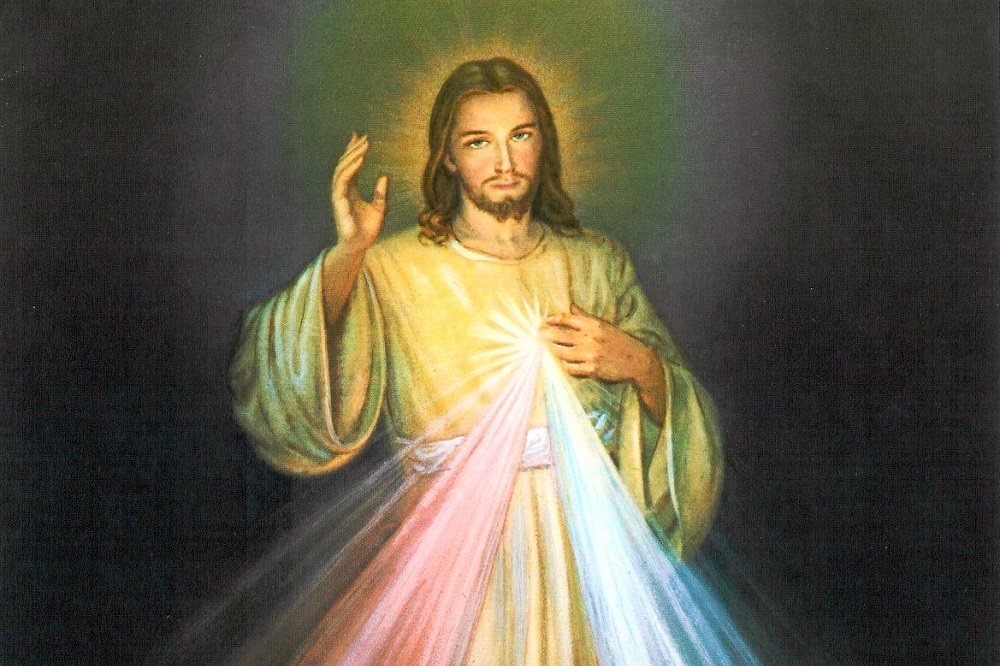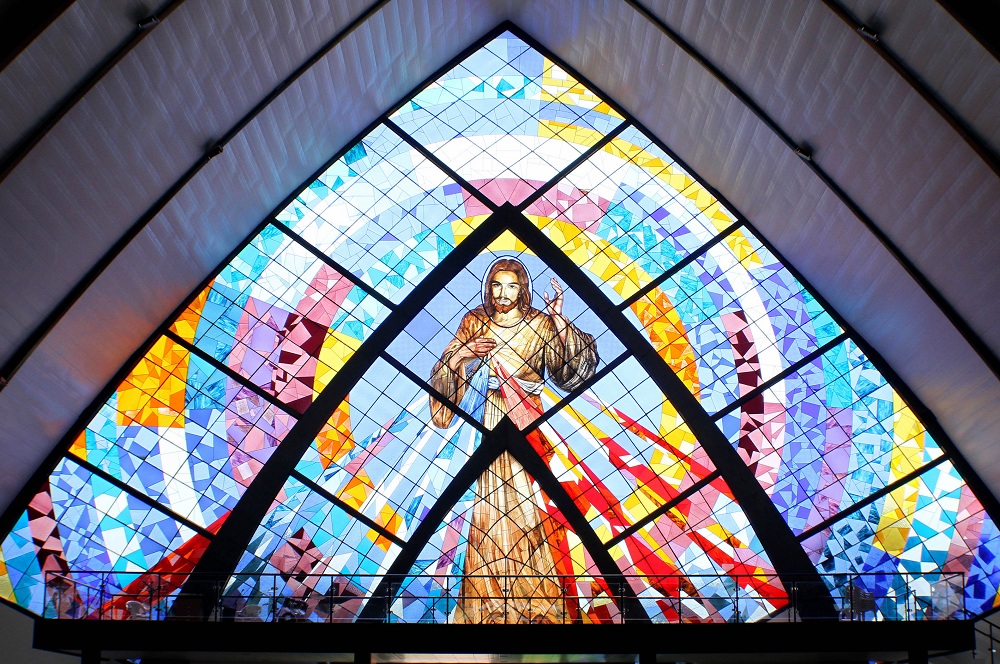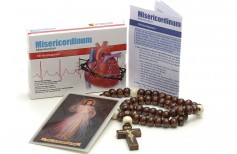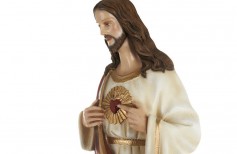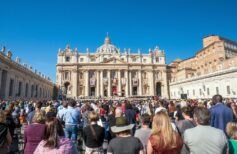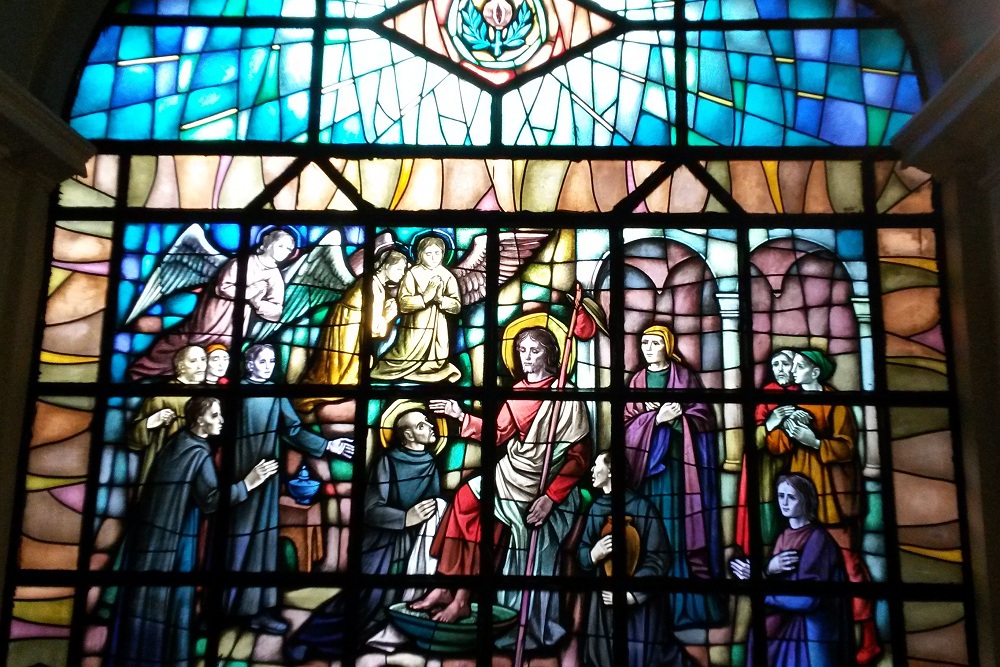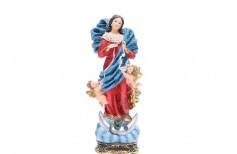Mercy This is a word that often comes up when we talk about Our Lord.
Mercy: origin and meaning
The term derives from the Latin misereor (I have mercy) and cor -cordis (heart), but conceptually it has always existed, in the context of the Christian religion. We could define it as a kind of profound empathy, a movement of compassion inspired by the suffering of others. It is a feeling that moves the heart to pity when confronted by the physical or spiritual pain of another person, which pushes us to open up, to cloak, with a transcendent and beneficial embrace, those who are near to us, to help them, and to save them.
Mercy is a fundamental component in the life of a Christian. It is no coincidence that many of the religious and secular brotherhoods, have always engaged in the works of charity and in helping the needy, have names that derive from Mercy, or contain it. One thinks of the Venerable Arciconfraternita della Misericordia, founded in Florence in the thirteenth century to help plague victims, the Priests of Mercy, the Sisters of Mercy, the Daughters of Mercy, and so on.
The Catholic religion holds this sentiment in high esteem, as the true impulse of the Christian, an internal impulse that manifests itself in generous actions, good works, charitable and human attitudes towards the less fortunate and, in general, towards all brothers.
The Madonna is often invoked as Madonna della Mercede (of Mercy), depicted as she opens her own large cloak to welcome the faithful around her, offering them its shelter and protection.
In the Old Testament, it is written that God is merciful. In the Book of Exodus, for example, he addresses Moses thus: “The Lord, God merciful and compassionate, slow to anger and rich in love and fidelity” (34.6).
A merciful Father, therefore, who loves his children with tenderness, who protects them, helps them, is ready to give himself entirely for their welfare, and their salvation. A Love that does not need to be returned to be love, like that of a mother, without any limits, almost thoughtless. A special love addressed to all of us, in the name of which God became human and sacrificed himself, accepting a cruel and unjust death, enduring the greatest of evils, to give us hope.
The hour of Mercy
The Misericordia takes on a further specific meaning if associated with a particular context, at a particular moment in the life of Jesus: we speak of the Hour of Mercy.
“Whenever you hear the clock striking three o’clock, remember to immerse yourself in My Mercy, to adore and exalt it; invoking his omnipotence for the entire world and particularly for the poor sinners, since it was at that hour that he threw himself open for every soul (1572)”
These words were written in the diary of Sister Maria Faustina Kowalska, a young Polish nun, a propagator of devotions to the merciful Jesus and considered to be the Apostle of Divine Mercy.
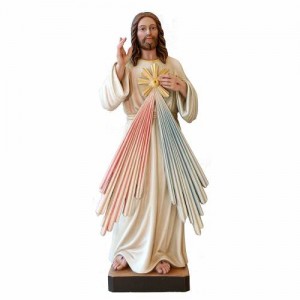
blue and red rays
The Hour of Mercy corresponds to three o’clock in the afternoon, the exact time Jesus died on the cross on Good Friday. The climax of His agony, the moment of His death.
Sister Maria Faustina contributed enormously towards disseminating the cult of Divine Mercy. Her intense mystic life, the numerous visits she received from Christ, led to codification of this particular form of devotion and to the representations of the Merciful Jesus, who is portrayed dressed in a white robe, with one hand raised in a blessing, the other placed on his chest, from which two huge rays depart, one red and the other white.
Good Friday. At three o’clock I saw Jesus Crucified looking at me and saying, “I am thirsty.” Suddenly, I saw that the same two rays in the picture came out of His side. At the same time I felt in my soul a great desire to save souls and to destroy myself for poor sinners. Along with Jesus in agony, I offered myself to the Eternal Father for the salvation of the world. With Jesus, for Jesus and in Jesus, I am united with You, Eternal Father“(Diary of Santa Faustina, #648).
An invitation to prayer, therefore, but also an invitation to Mercy, to sacrifice for the weakest and most unfortunate of our brothers. The vision of Jesus aroused in the Holy the uncontrollable desire to imitate him, to sacrifice themselves like him for the salvation of sinners, and of all the souls of the world. Because in the moment of the greatest sorrow He was capable of the most immense love, a love that brought us closer to God and makes us part of His Mystery.
It was Jesus who asked the Saint to paint an image that would show the way, so that it could be understood by everyone and venerated. Jesus also told her that he wanted the first Sunday after Easter to become the feast of Mercy.
Pope St. John Paul II, who beatified Sr. Maria Faustina, confirmed the feast of Mercy on that day.
The chaplet of the Divine Mercy
In another revelation, Jesus taught Sister Maria Faustina a special prayer: the Chaplet of Divine Mercy . Jesus accompanied this gift with the words: “My mercy will envelop in life, and at the hour of death, those souls who recite this chaplet.”
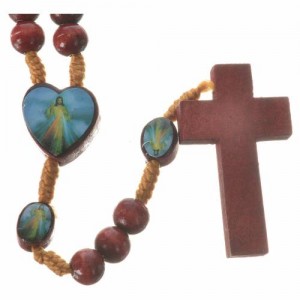
In fact, the Chaplet of Mercy ensures the grace of conversion and the forgiveness of all sins, especially if recited at the point of death.
In particular, the Chaplet manifests all its effectiveness if recited in conjunction with the Hour of Mercy. Reciting it at three o’clock in the afternoon, the time Jesus’ death is honoured, one meditates on his agony, and on his immense sacrifice. From this meditation and the prayer that accompanies it, the spirit should feel in some way infected by the Mercy of God, which thanks to the faith and the devotion of those who pray, extends to the entire world, even to the most undeserving, in an outpouring of love and pity.
“Whenever you hear the clock striking three o’clock, remember to immerse yourself in My Mercy, to adore and exalt it; invoking His omnipotence for the entire world and for poor sinners in particular, since it was at that hour that he threw himself open, for all souls (1572).” In that hour, you will receive everything, for yourself and for others. At that hour grace was granted to the whole world – Mercy was victorious for justice“(Diary of Santa Faustina, 1572).
[…] At that time, try to do the Via Crucis if your commitments allow it, and if you cannot do the Via Crucis, enter the chapel at least for a time and honour my heart, that in the SS. Sacramento, is full of mercy. And if you cannot go to the chapel, gather in prayer at least for a brief time where you are […] In that hour, you will get everything for yourself and for others (Diary of Santa Faustina, 1572). In that hour, I will not refuse anything to the soul that prays for My Passion“(Diary of Santa Faustina, 1320).
Therefore, the practice of the Hour of Mercy is training for the soul, as well as a way to protect and guarantee salvation to all. It is enough to dedicate a brief moment of prayer to God, at three o’clock in the afternoon, to gather for a in a private and special conversation with Him, to feel part of His plan of love, and to remember how precious and unique it is.

